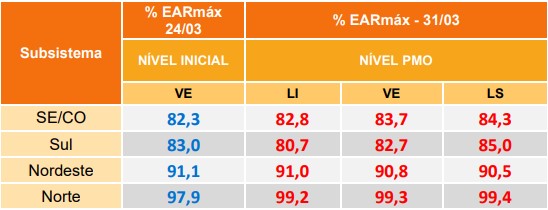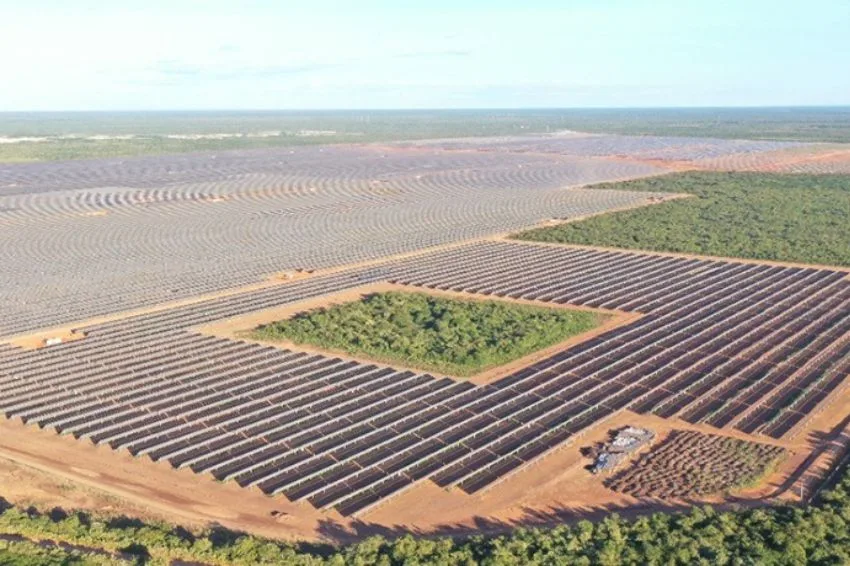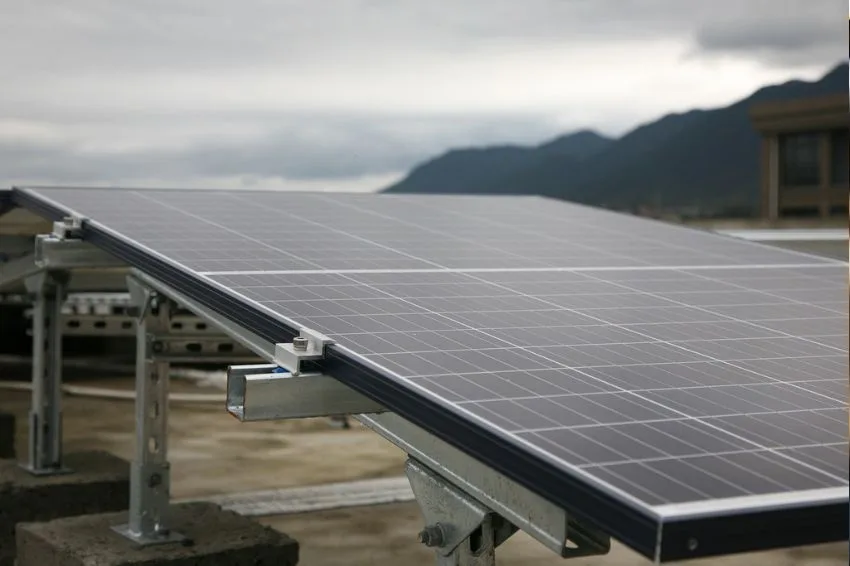The large volume of rain has contributed to raising the level of hydroelectric reservoirs in Brazil. According to the National System Operator (ONS), the Southeast/Mid-West subsystem, responsible for 70% of the country's storage capacity, is expected to reach, at the end of March, the highest storage level since 2007, that is, 16 years, reaching 83.7% of stored energy.
According to the Operator, the storage projection for the other subsystems at the end of March is 99.3% in the North, 90.8% in the Northeast and 82.7% in the South. The hydroelectric plants of Itaipu (14,000MW), Belo Monte (11,233 MW) and Teles Pires (1,820 MW) have reservoirs with 100% of storage.

The rains have also contributed to keeping the Marginal Operating Cost (PMO) at zero for the fourteenth week in a row and equalized across the country, that is, for more than three months. The result of this is that the Difference Settlement Price (PLD) remains at a minimum level, quoted at R$69.04/MWh.
For the operating week between March 25th and 31st, there is a prospect of inflows exceeding 100% of the Long Term Average (MLT) in three subsystems. The main highlight is the South, whose Affluent Natural Energy (ENA) has a forecast rate of 116% from MLT. For the North, the indication is to reach 105% of the MLT and for the Southeast/Central-West the projection is 104%. The outlook for the Northeast is 56% from MLT. The results refer to the last day of the current month.
Falling load
The prospective load scenarios are for deceleration in the National Interconnected System (SIN) and in two subsystems. The SIN may record a contraction of 1.1% (74,276 MWmed). The same load behavior is also expected for the Southeast/Central-West, 4.9% (42,520 MWmed), and for the Northeast, 0.3% (11,536 MWmed).
For the other submarkets, the estimate is an increase. For the South, the advance should reach 4.1% (13,636 MWmed) and for the North the expected increase is 15.1% (6,584 MWmed). The data compares the percentage estimated for the end of March 2023 compared to the same period last year.
According to the ONS, load forecasts for the next operational week considered the expectation of a decline in temperatures and the occurrence of rain in the capitals of the Southeast/Central-West and South at the beginning of next week, due to the passage of a cold front. The capitals of the Northeast and North subsystems should continue to have thermometers without many variations over the next few days.
















